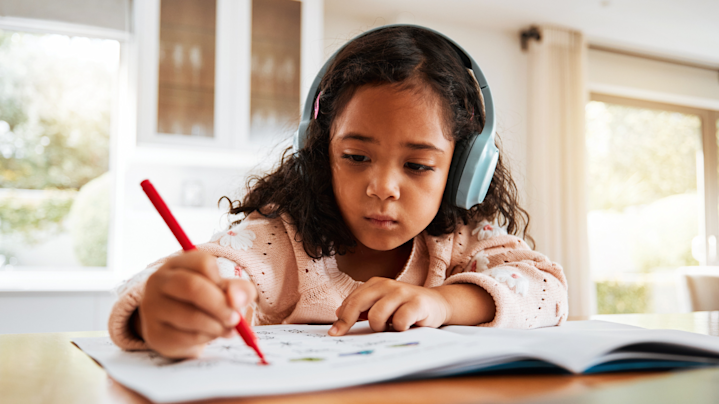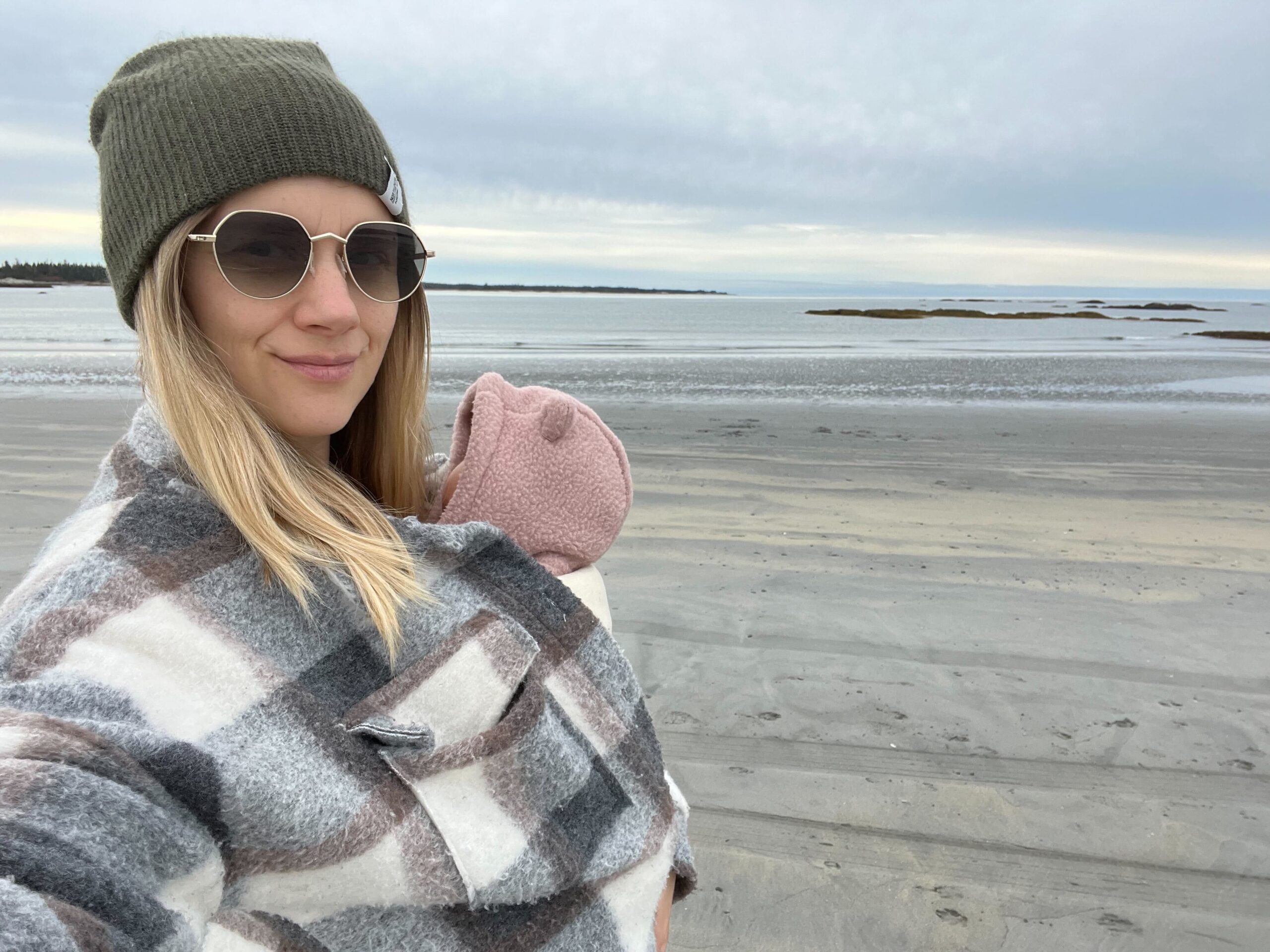Building Vocabulary Through Audio Stories: How Listening Develops Language Skills
Picture this: your child is curled up in their favorite reading nook, eyes closed, completely absorbed in an adventure unfolding through carefully chosen words. They’re not just listening to a story — they’re building a bridge to richer communication, deeper thinking, and lifelong learning success.
Audio stories aren’t just entertainment — they’re vocabulary powerhouses that work in ways traditional learning methods simply can’t match. Here’s why listening to stories is one of the most effective tools for developing your child’s language skills.
The Science Behind Audio Learning and Vocabulary Growth
When children listen to stories, their brains are working overtime in the best possible way. Unlike reading, where children are limited by the words they can decode, audio stories expose young listeners to vocabulary far beyond their current reading level.
A study found that children who are read to regularly hear approximately 1.4 million more words by age five than children who aren’t. But here’s the fascinating part: audio stories take this even further by introducing complex vocabulary in natural, memorable contexts.
The “Matthew Effect” in Action
Educational researchers have identified something called the “Matthew Effect” — the phenomenon where vocabulary-rich children continue to gain vocabulary at faster rates than their peers. Audio stories help level this playing field by giving all children access to sophisticated language patterns and diverse word choices regardless of their current reading ability.
How Audio Stories Supercharge Vocabulary Development
1. Context Is King
When children encounter new words in stories, they’re not memorizing isolated definitions. Instead, they’re experiencing words within rich, meaningful contexts. Consider the difference between learning “enormous” from a flashcard versus hearing: “The enormous dragon’s shadow fell across the entire village, blocking out the sun.”
The story context provides: – emotional connection to the word – visual imagery that aids memory – natural understanding of usage – multiple meaning clues within the narrative
2. Repetition Without Boredom
Great storytellers naturally weave important vocabulary throughout their narratives. Children hear key words multiple times in slightly different contexts, reinforcing understanding without the tedium of drill exercises. This organic repetition is how we naturally acquire language — and it’s incredibly effective.
3. Prosody and Pronunciation
Audio stories provide perfect pronunciation models and demonstrate the rhythm, stress, and intonation patterns of language — elements collectively known as prosody. Children absorb these patterns unconsciously, developing more sophisticated speech patterns and better understanding of how language flows.
The Unique Advantages of Audio Over Text
Breaking the Decoding Barrier
Beginning readers often struggle with decoding individual words, leaving little mental energy for comprehension and vocabulary acquisition. Audio stories eliminate this barrier, allowing children to focus entirely on meaning, story structure, and new vocabulary.
Accessing Advanced Vocabulary Early
A typical third-grader might read books containing 1,000 unique words, while stories designed for their age group but presented aurally might contain 3,000-5,000 unique words. This exposure to advanced vocabulary creates neural pathways that benefit children throughout their academic careers.
Multisensory Learning
Audio stories engage the auditory processing system while leaving the visual system free to create mental images. This dual processing strengthens memory formation and vocabulary retention. Many children report that they “see” the stories as they listen, creating rich mental movies that anchor new words in long-term memory.
Practical Strategies for Maximizing Vocabulary Growth
Choose Stories Strategically
Not all audio content is created equal for vocabulary development. Look for stories that: – use rich, descriptive language – include dialogue that models natural speech patterns – present vocabulary slightly above your child’s current level – offer diverse themes and settings
Build Word Collections
Encourage children to collect interesting words they hear in stories. Create a “word treasure box” where they can write down new discoveries along with the story context. This makes vocabulary building feel like a treasure hunt rather than homework.
Connect Stories to Real Life
Help children transfer story vocabulary to everyday situations. If a story character is “famished,” point out when your child might be famished, too. If a character shows “determination,” recognize and name that quality when you see it in your child’s behavior.
Age-Appropriate Vocabulary Development
Early Elementary (Ages 5-8)
Focus on stories with: – rich sensory descriptions – clear emotion words – action vocabulary – simple but sophisticated sentence structures
Middle Elementary (Ages 8-11)
Seek out narratives featuring: – character trait vocabulary – setting descriptions using precise adjectives – problem-solving language – beginning abstract concepts
The Long-Term Impact on Academic Success
Children who develop strong vocabularies through audio story exposure show measurable advantages in: – Reading comprehension: They understand more complex texts because they recognize more words – Writing quality: They have a larger bank of words to choose from when expressing ideas – Academic performance: Vocabulary knowledge correlates strongly with success across all subject areas – Critical thinking: Rich vocabulary enables more nuanced thinking and expression
Making It Happen: Starting Your Audio Story Journey
Creating the Perfect Listening Environment
Set up a cozy space dedicated to story time. This doesn’t need to be elaborate — a comfortable chair, soft lighting, and minimal distractions are all you need. The key is consistency and making listening feel special and important.
Establishing Routines
Integrate audio stories into your daily rhythm:
- Morning story time while getting ready: Sparklers love listening to the Martin & Sylvia collection for this.
- Car ride adventures during commutes: We suggest our Sparkle Car collection for car rides and commutes!
- Bedtime stories that inspire dreams: Our Sparkle Sleepytime collection is a game changer for establishing bedtime routines.
- Quiet time alternatives to screen time: Pull out a few craft supplies or buildable toys and turn on a story, offering your child the chance to create with their hands while listening along to the story.
Following Your Child’s Interests
The best vocabulary development happens when children are genuinely engaged. Pay attention to what captures their imagination and seek out stories in those genres or themes. You can browse all of our story collections by topic so that you’re sure to pick a story that peaks their interest. Got an animal lover? We’ve got a story for that! Nature enthusiasts? We’ve got LOTS of stories about that, too!
The Sparkle Stories Difference
Quality audio stories combine expert narration, carefully chosen vocabulary, and age-appropriate content that grows with your child. When stories are crafted specifically for vocabulary development while maintaining engaging plots and characters, children get the best of both worlds — entertainment that educates and education that delights.
Your Next Step
Start small, but start today! Choose one high-quality audio story and listen together with your child. Notice the vocabulary they encounter, discuss interesting words, and watch as their language skills flourish through the simple but powerful act of listening to well-crafted stories.
Remember, every word your child hears in a story becomes part of their linguistic repertoire, ready to emerge in their speech, writing, and thinking. The vocabulary they build today becomes the foundation for academic success, creative expression, and confident communication throughout their lives.
The magic happens not just in the listening, but in the rich language experiences that bloom from every carefully chosen word in every thoughtfully crafted story. Start building your child’s vocabulary treasury today — one story at a time.
Ready to begin your family’s vocabulary-building adventure? Explore our collection of carefully crafted audio stories designed to delight and educate young listeners.
Not yet a subscriber? Start a free trial HERE.
This blog post was a collaborative effort from the Sparkle Team. It was reformatted slightly with the help of Claude.ai
About the authors
-

Ann Boyd
Literary Editor and Continuity DirectorAnn is a writer, editor, homeschooling mother, voracious reader, full-fat baker, and musician. She lives in Chicago with her husband and two daughters and chronicles the journey at Boyds’ Nest News.
-

Lisabeth Sewell
Doer of Many Wonderful and Odd Things (including CEO)Lisabeth Sewell has worn many hats at Sparkle over the years, from Sparkle Kitchen Blogger to Editorial Director to Doer of All Odd Jobs. Her primary role is as CEO.
-

Trish Montle
Creative Content ManagerTrish is a social media manager, creator, copywriter, and mother of two small humans and three fur-babies. She lives in Collingwood, Ontario (Canada) surrounded by the natural beauty of the Blue Mountains and Georgian Bay.





